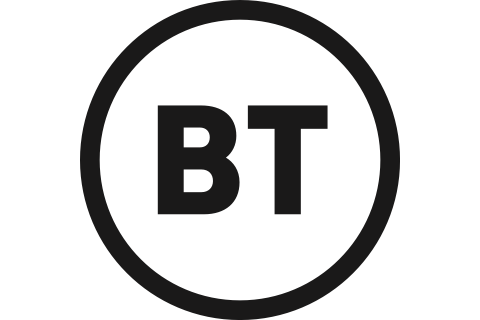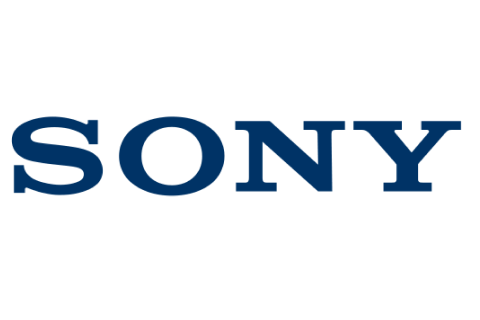The 5G Revolution: Monetizing Fixed Wireless Access for a Connected Future
June 24, 2025, 4:49 pm
The digital landscape is shifting. 5G technology is not just a buzzword; it’s a game-changer. As we stand on the brink of a new era, the June 2025 Ericsson Mobility Report (EMR) reveals a powerful trend: the monetization of Fixed Wireless Access (FWA) through 5G. This transformation is reshaping how service providers connect with consumers and businesses alike.
Fixed Wireless Access is gaining traction. More than half of global communications service providers (CSPs) now offer FWA with speed-based monetization options. This is a significant leap from previous years. The report indicates that 51% of CSPs have adopted speed-based plans, up from 40% in 2024. This shift is driven by high adoption rates in North America, with Europe and the Middle East following closely behind.
Why is this important? FWA is projected to account for over 35% of new fixed broadband connections by 2030. This translates to an estimated 350 million new connections. In areas where traditional wired infrastructure is impractical, 5G FWA becomes a lifeline. It’s like a bridge over troubled waters, connecting underserved communities to the digital world.
The allure of 5G is undeniable. By the end of 2025, global 5G subscriptions are expected to surpass 2.9 billion. This represents about one-third of all mobile subscriptions. The growth trajectory is steep. By 2030, forecasts suggest that 5G subscriptions will reach 6.3 billion. This is not just a number; it’s a testament to the demand for faster, more reliable connectivity.
Mobile data traffic is also on the rise. The EMR reports a 19% increase in mobile network data traffic from Q1 2024 to Q1 2025. Despite a slowing growth rate, the overall trend is clear: mobile data traffic will more than double by 2030. This surge is fueled by the capabilities of 5G networks, which handled 35% of global mobile traffic by the end of 2024. By 2030, this figure is expected to soar to 80%.
In Europe, the race for 5G coverage is heating up. By the end of 2024, mid-band 5G coverage reached 50% of the population. While this aligns with the global average, it lags behind leaders like North America and India, where coverage exceeds 90% and 95%, respectively. This disparity highlights the urgency for European CSPs to accelerate their 5G deployment strategies.
The EMR emphasizes the role of 5G Standalone (5G SA) and 5G Advanced in creating new monetization opportunities. CSPs are no longer just selling data plans; they are crafting value-driven services. This shift is akin to moving from a one-size-fits-all approach to a tailored suit. The report showcases various use cases, including broadcast and video production, point-of-sale systems, gaming, and enterprise productivity. Each of these applications benefits from the enhanced capabilities of 5G.
As CSPs explore these new avenues, they are also leveraging partnerships. Collaborations with tech giants like Sony are paving the way for innovative solutions. Dynamic slicing and Quality on Demand (QoD) APIs are set to revolutionize live media production over mobile networks. This synergy between technology and creativity is unlocking new possibilities for user experiences.
The potential of 5G is vast. It’s not just about speed; it’s about unlocking creativity and innovation. The EMR highlights how CSPs are beginning to monetize this potential through innovative service offerings. This is a pivotal moment in the telecommunications industry. The advancements in 5G SA networks and devices are creating an ecosystem ripe for transformation.
However, to fully harness the power of 5G, continued investment in infrastructure is crucial. Expanding mid-band sites and deploying 5G SA capabilities will be essential for driving new business growth. The future is bright, but it requires commitment and vision from CSPs.
In conclusion, the June 2025 Ericsson Mobility Report paints a vivid picture of the 5G landscape. The monetization of Fixed Wireless Access is not just a trend; it’s a revolution. As service providers adapt to this new reality, they are poised to redefine connectivity. The journey is just beginning, and the possibilities are endless. The digital world of tomorrow is unfolding, and 5G is at the heart of it.
Fixed Wireless Access is gaining traction. More than half of global communications service providers (CSPs) now offer FWA with speed-based monetization options. This is a significant leap from previous years. The report indicates that 51% of CSPs have adopted speed-based plans, up from 40% in 2024. This shift is driven by high adoption rates in North America, with Europe and the Middle East following closely behind.
Why is this important? FWA is projected to account for over 35% of new fixed broadband connections by 2030. This translates to an estimated 350 million new connections. In areas where traditional wired infrastructure is impractical, 5G FWA becomes a lifeline. It’s like a bridge over troubled waters, connecting underserved communities to the digital world.
The allure of 5G is undeniable. By the end of 2025, global 5G subscriptions are expected to surpass 2.9 billion. This represents about one-third of all mobile subscriptions. The growth trajectory is steep. By 2030, forecasts suggest that 5G subscriptions will reach 6.3 billion. This is not just a number; it’s a testament to the demand for faster, more reliable connectivity.
Mobile data traffic is also on the rise. The EMR reports a 19% increase in mobile network data traffic from Q1 2024 to Q1 2025. Despite a slowing growth rate, the overall trend is clear: mobile data traffic will more than double by 2030. This surge is fueled by the capabilities of 5G networks, which handled 35% of global mobile traffic by the end of 2024. By 2030, this figure is expected to soar to 80%.
In Europe, the race for 5G coverage is heating up. By the end of 2024, mid-band 5G coverage reached 50% of the population. While this aligns with the global average, it lags behind leaders like North America and India, where coverage exceeds 90% and 95%, respectively. This disparity highlights the urgency for European CSPs to accelerate their 5G deployment strategies.
The EMR emphasizes the role of 5G Standalone (5G SA) and 5G Advanced in creating new monetization opportunities. CSPs are no longer just selling data plans; they are crafting value-driven services. This shift is akin to moving from a one-size-fits-all approach to a tailored suit. The report showcases various use cases, including broadcast and video production, point-of-sale systems, gaming, and enterprise productivity. Each of these applications benefits from the enhanced capabilities of 5G.
As CSPs explore these new avenues, they are also leveraging partnerships. Collaborations with tech giants like Sony are paving the way for innovative solutions. Dynamic slicing and Quality on Demand (QoD) APIs are set to revolutionize live media production over mobile networks. This synergy between technology and creativity is unlocking new possibilities for user experiences.
The potential of 5G is vast. It’s not just about speed; it’s about unlocking creativity and innovation. The EMR highlights how CSPs are beginning to monetize this potential through innovative service offerings. This is a pivotal moment in the telecommunications industry. The advancements in 5G SA networks and devices are creating an ecosystem ripe for transformation.
However, to fully harness the power of 5G, continued investment in infrastructure is crucial. Expanding mid-band sites and deploying 5G SA capabilities will be essential for driving new business growth. The future is bright, but it requires commitment and vision from CSPs.
In conclusion, the June 2025 Ericsson Mobility Report paints a vivid picture of the 5G landscape. The monetization of Fixed Wireless Access is not just a trend; it’s a revolution. As service providers adapt to this new reality, they are poised to redefine connectivity. The journey is just beginning, and the possibilities are endless. The digital world of tomorrow is unfolding, and 5G is at the heart of it.


